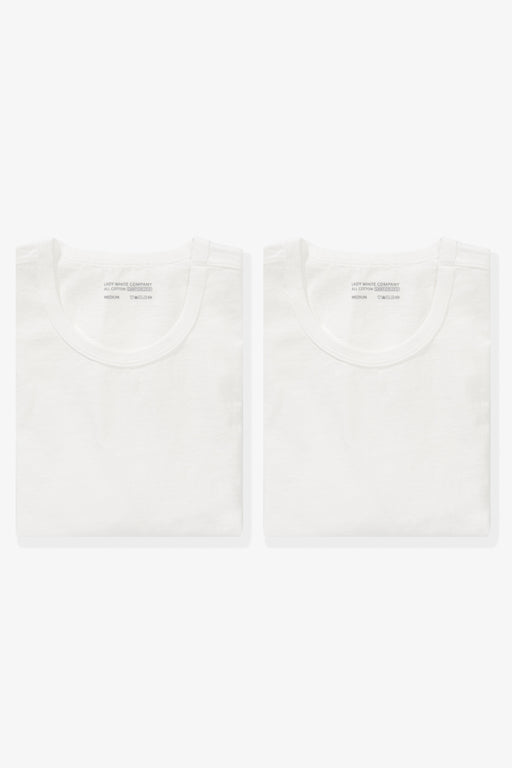Editorial: Form From Form - SS - 25 at S.R. Crown hall, IIT Chicago
Situated in the center of the Illinois Institute of Technology campus, S. R. Crown Hall looks south. Its twenty-foot-high sandblasted glass windows softly filter light into the entire 52,800 square-foot single-story structure from all directions. The 120’x220’ main floor is slightly raised from ground, its columnless interior apparently floating underneath the ceiling, suspended from the width-spanning steel girders. It is a clear-span room, which, according to its designer Ludwig Mies van der Rohe, embodies almost perfectly his architectural philosophy, having been designed to be “almost nothing.” When one considers how many of his designs stand throughout Chicago, it’s hard to distinguish between ubiquity and habit, whether or not it was always Mies’s intention for his buildings to almost recede and hide in plain sight of the city’s skyline and urban landscape, as if they were as good as any river or tree or paved street.
Like many of his peers throughout Germany and Austria who were dispersed across the country from New York City to Los Angeles, Mies arrived in Chicago fleeing the increasing power of the Nazi party. The legacy of the last formal director of the Bauhaus is well known, and often overshadows the history of Chicago’s importance to modernist art and design in popular memory. The city became where the Bauhaus would persist formally when László Moholy-Nagy, a Bauhaus painter, on recommendation from founder Walter Gropius, established the New Bauhaus in 1937 in the wake of its predecessor’s dissolution by Mies himself. A year later, Mies would arrive in Chicago, invited to develop and chair the new school of architecture at the Armour Institute. Both of these institutions would eventually merge into what is now known as the Illinois Institute of Technology, with Mies leading the College of Architecture and the design of the entire campus.
Mies dispensed with the typical university campus form and opted instead for a modular plan on a 24-foot grid, where buildings seem to relay their pace and step from one to the next, creating rhythm throughout the entire site. Construction began in the 1940s and ended almost twenty years later; the design is also permanently future-looking, thanks to its strict adherence to rectilinear forms, enabling myriad purposes long after current ones are exhausted.
Of all of the structures on IIT’s campus, Crown Hall is Mies’s most famous, which was designated as a National Historic Landmark in 2001, ensuring that its core design would be protected for posterity. For its materials, Mies chose those familiar to the factories of the campus’s environs: “steel concrete frames with curtain walls of brick and glass," materials that speak to the time and place’s modes and means of production, as natural and simple as they are to the industrial age as timber and sand are to the land.
As described earlier, Crown Hall’s main floor exemplifies ultimate formal modularity: An uninterrupted, columnless, clear span space, its walls made of glass and steel mullion, enabling maximum flexibility and adaptability. Freed from ornament and decoration, which would otherwise impose rather than inspire, the buildings would adapt to individual needs, rather than the other way around. It is in using and practicing the space to one’s own needs and desires that the “almost nothing” of Mies’s designs emerge full of life, imagination, and creativity.
LW – C’s SS - 25 collection, which coincides with the brand’s 10th anniversary, was shot in the main room of Crown Hall. The full collection reflects patient and persistent experimentation with the most essential fabric of daily living, cotton jersey, in shapes and occasions once unknown: stolid yet softly draped jersey trousers. Elegant, demure, but casual t-shirting. Novel midlayers with sportswear roots encompass a pared-back elegance. Finding ideal complement in how Crown Hall uses the least in the entirety of its concept, the SS – 25 collection similarly restrains its focus to material, construction, and fit to invite all to imagine into its shapes new ways of living.
View Photo & Historical Sources: 1, 2, 3, 4, 5
Photography by Carlos Jaramillo
Featured products
-

OUR T-SHIRT 2-PACK - WHITE
LW101T-WHT
Regular price $ 110Regular price


















